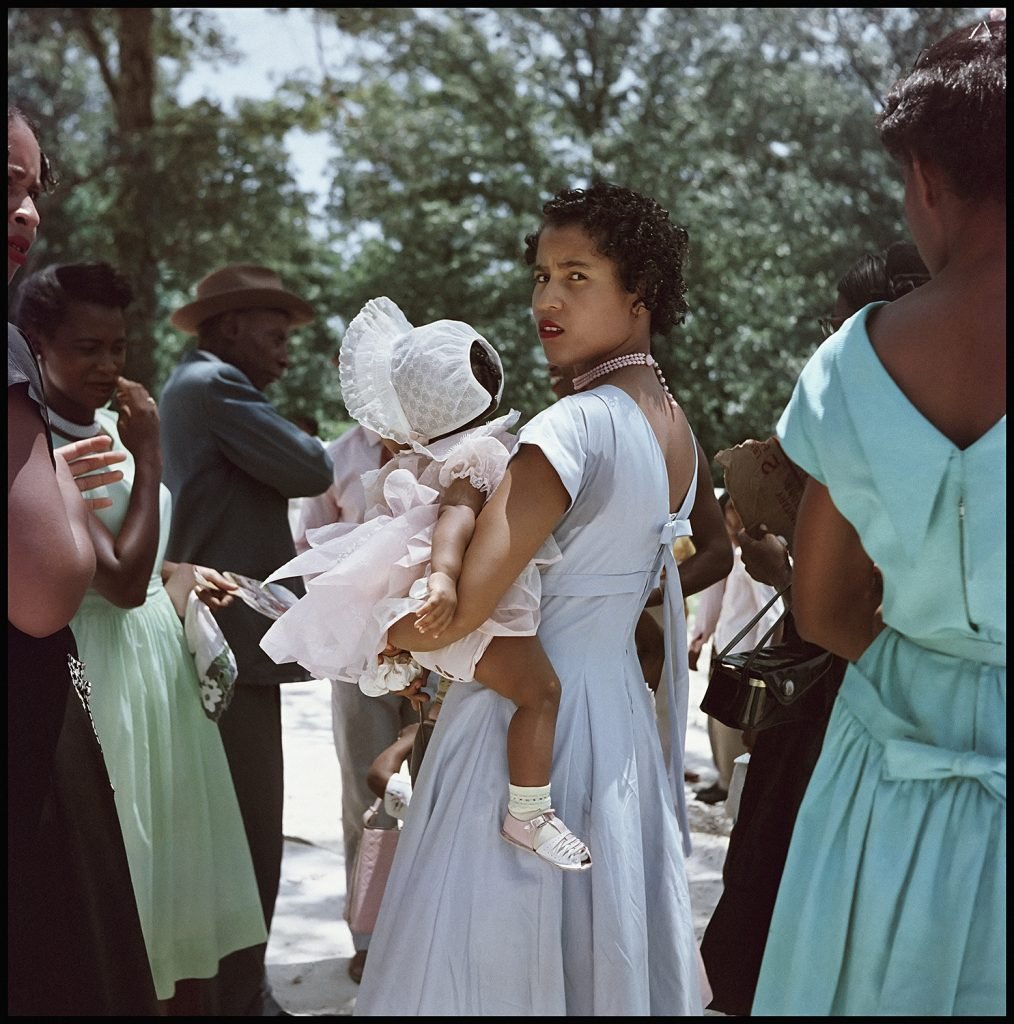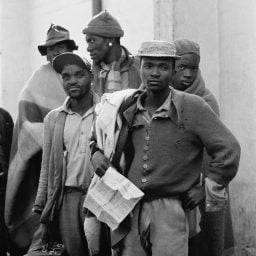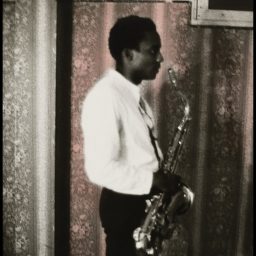As galleries and art institutions around the world begin to slowly reopen, we are spotlighting individual shows—online and IRL—that are worth your attention.
“Gordon Parks: Part One”
through August 1, 2020
Alison Jacques Gallery, London
What the gallery says: “Born into poverty and segregation in Fort Scott, Kansas, Gordon Parks was a humanitarian with a deep and life-long commitment to social justice. He rapidly developed a deeply personal style of photography with a focus on race relations, poverty, civil rights, and urban life. Parks left behind an exceptional body of work; a legacy that documented American culture and everyday life from the early 1940s to the 2000s, with achievements encompassing writing (fiction and nonfiction), composing, and filmmaking, having directed several feature films, including Shaft (1971).
He created some of his most pivotal pictures at Life magazine during his two-decade tenure at the internationally renowned news magazine.
‘Gordon Parks: Part One’ focuses on two defining stories, Segregation in the South (1956) and Black Muslims (1963), both of which initially appeared in Life. This period formed a critical moment in Parks’ career, coinciding with the burgeoning civil rights movement. The visionary images that constitute both these series offered visibility to often marginalized, anonymous families and misrepresented figures in American society at large. Parks’ interest in taking photographs stemmed from a desire to create meaningful change. As he commented, ‘I saw that the camera could be a weapon against poverty, against racism, against all sorts of social wrongs.'”
Why it’s worth a look: A pioneer in the fields of photography and cinema, Gordon Parks created work that remains as poignant today as it did when it originally appeared in the pages of Life magazine. In the two series highlighted in this show, Parks turned his lens on seminal aspects of America’s changing social and political landscape.
In Segregation in the South, Parks captures life in Alabama; his work was markedly different from other images of the civil rights era, which often documented violent clashes. Parks, for his part, focused on the everyday grace and dignity of African American families in the 1950s.
The second series, Black Muslims, is an insider’s view of a burgeoning political and social movement. Parks befriended Elijah Muhammad, the leader of the Nation of Islam, and was granted access to an otherwise close-knit community. Parks captured the peaceful protests and full-hearted idealism of the group instead of depicting members as combatants. As he said, “I felt it is the heart, not the eye, that should determine the content of the photograph.”
What it looks like:
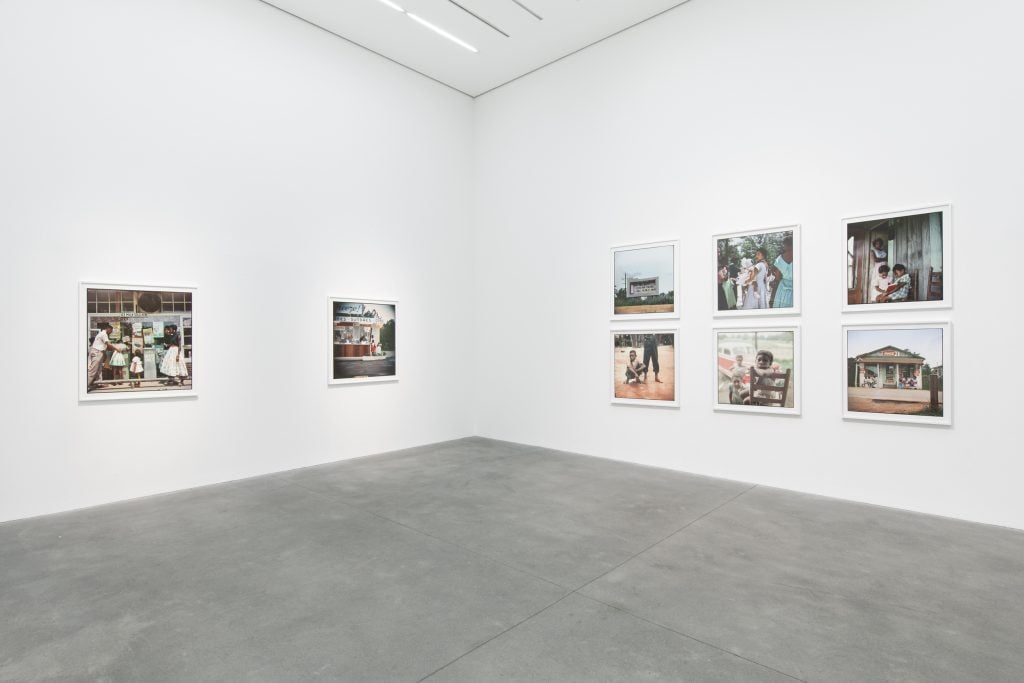
Installation view, “Gordon Parks: Part One” courtesy of Alison Jacques Gallery, London.
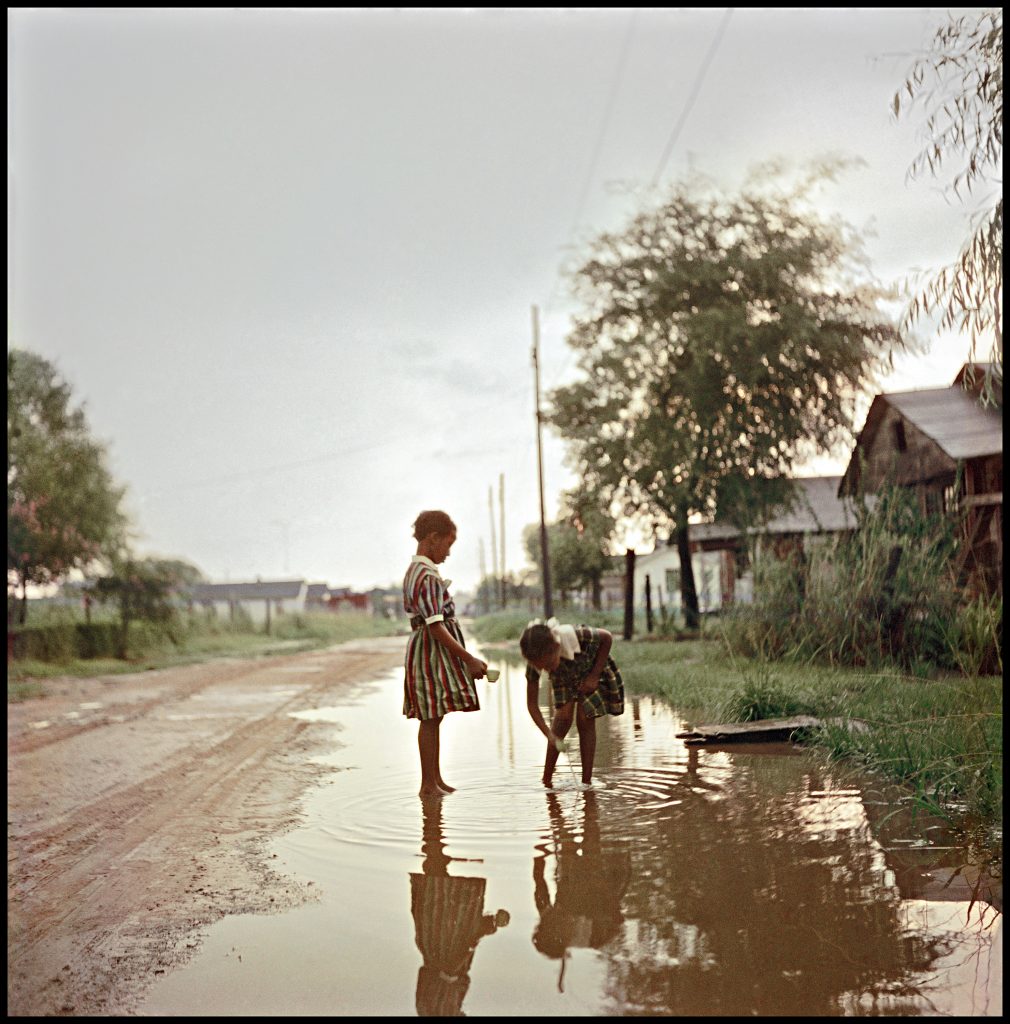
Gordon Parks, Untitled, Alabama (1956). Courtesy of the Gordon Parks Foundation, NY and Alison Jacques Gallery, London. © The Gordon Parks Foundation.
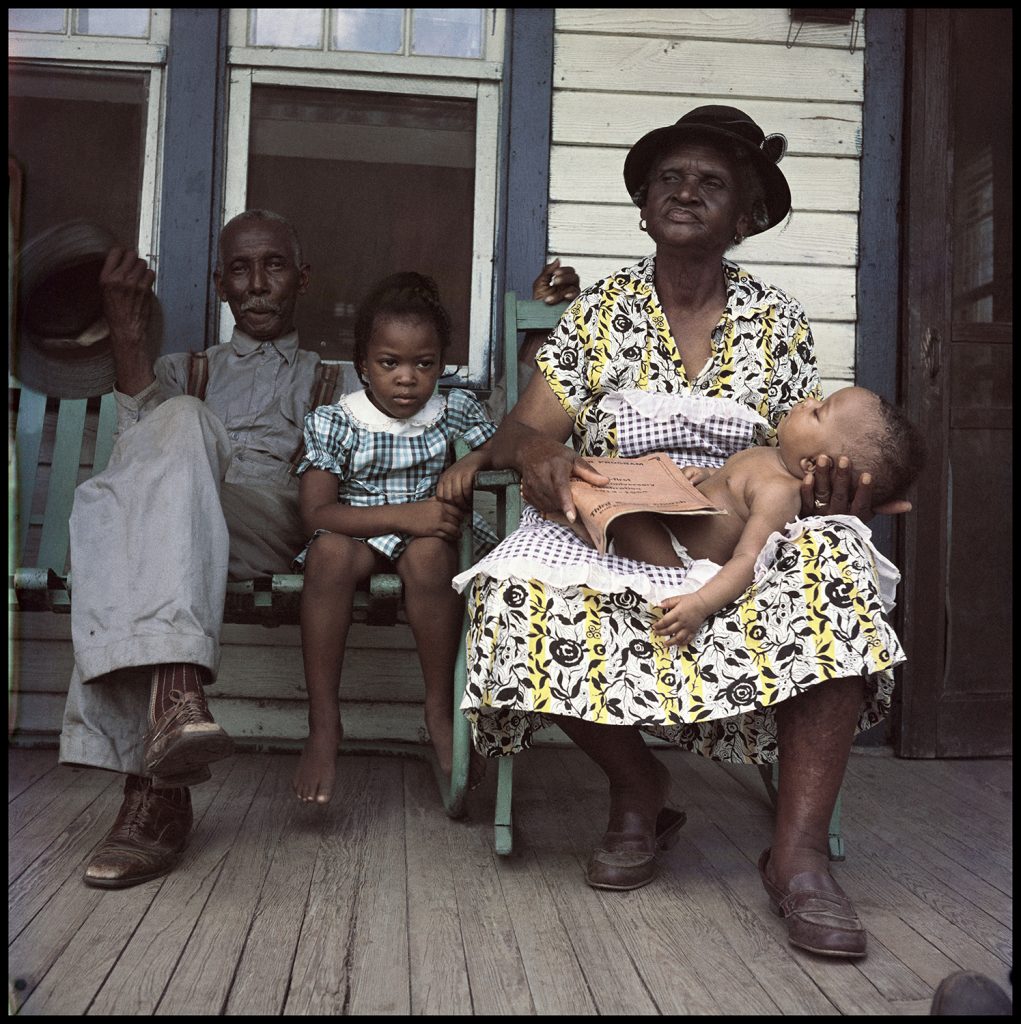
Gordon Parks, Untitled, Mobile, Alabama (1956). Courtesy of the Gordon Parks Foundation, NY and Alison Jacques Gallery, London. © The Gordon Parks Foundation.
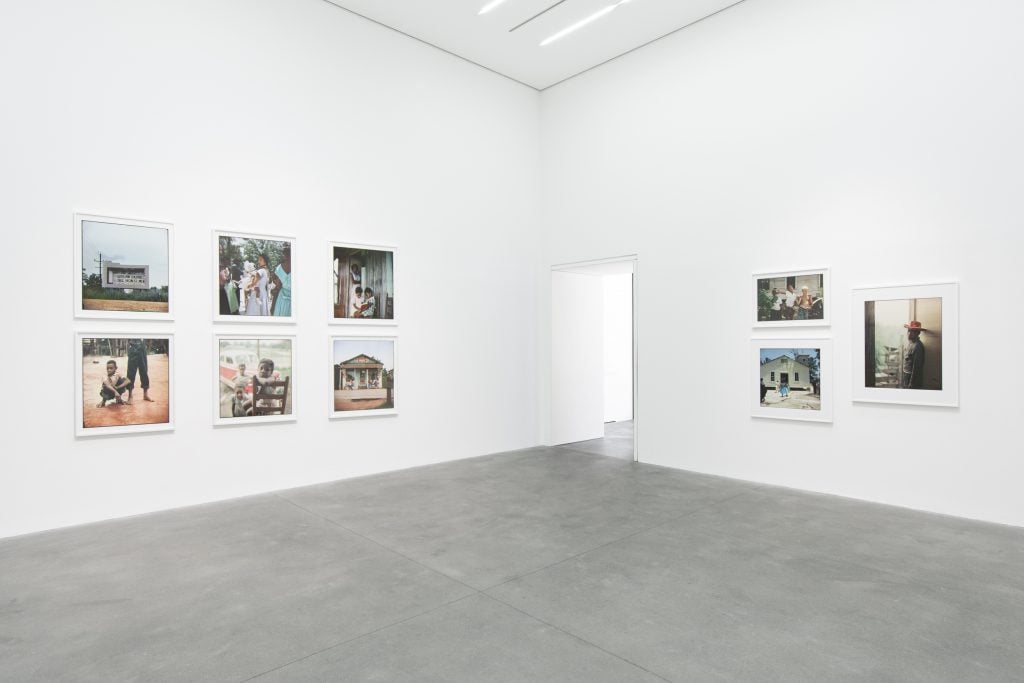
Installation view, “Gordon Parks: Part One” courtesy of Alison Jacques Gallery, London.
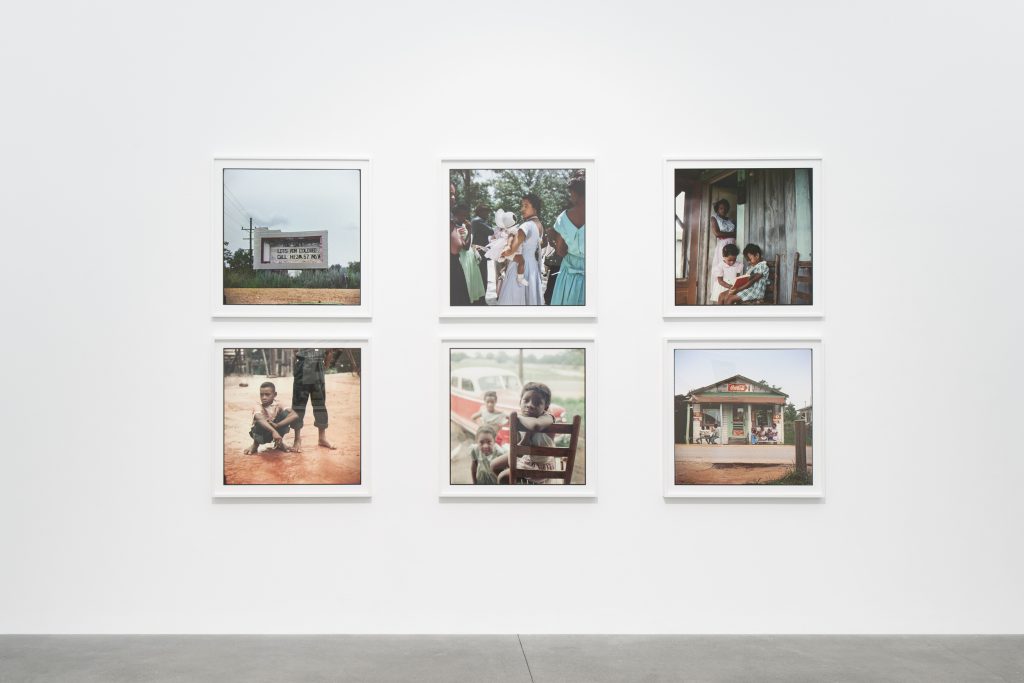
Installation view, “Gordon Parks: Part One” courtesy of Alison Jacques Gallery, London.
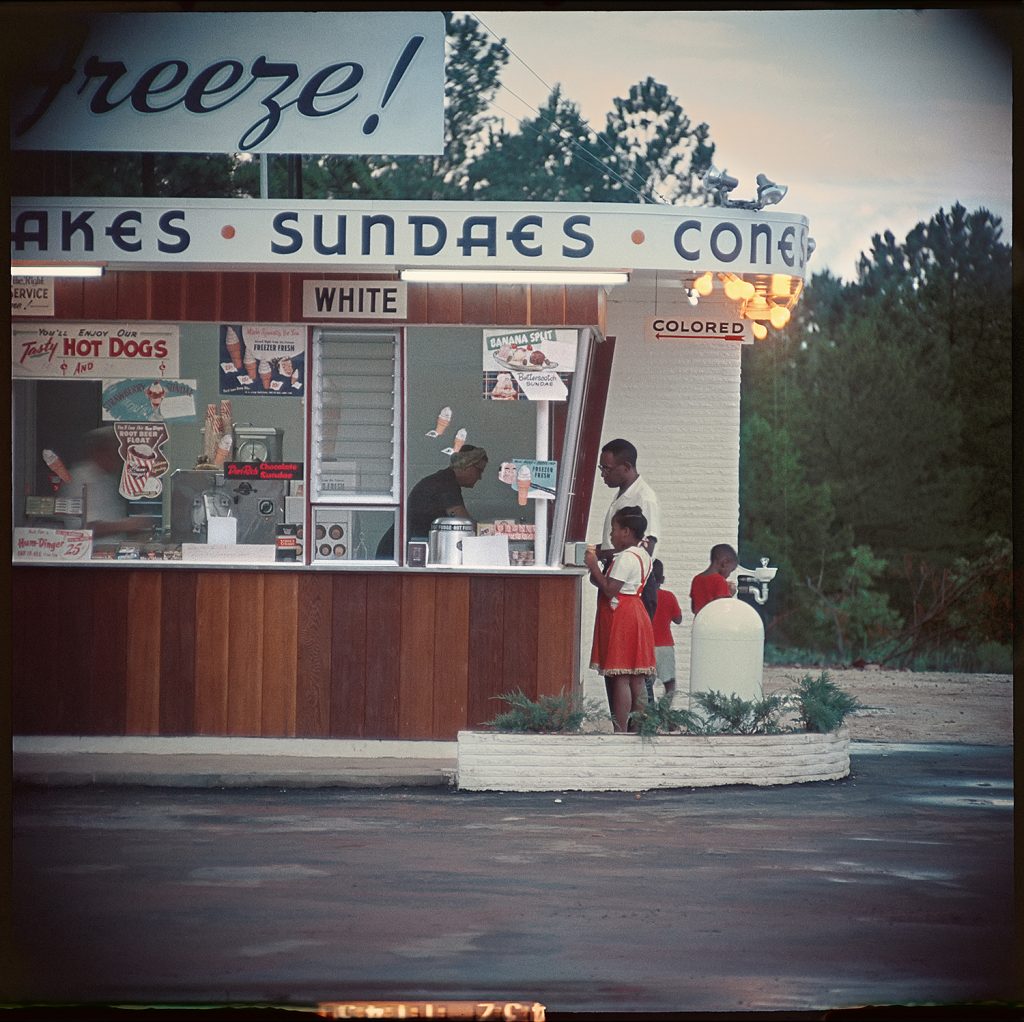
Gordon Parks, Untitled, Shady Grove, Alabama (1956). Courtesy of the Gordon Parks Foundation, NY and Alison Jacques Gallery, London. © The Gordon Parks Foundation.

Gordon Parks, Untitled, Nashville, Tennessee (1956). Courtesy of the Gordon Parks Foundation, NY and Alison Jacques Gallery, London. © The Gordon Parks Foundation.
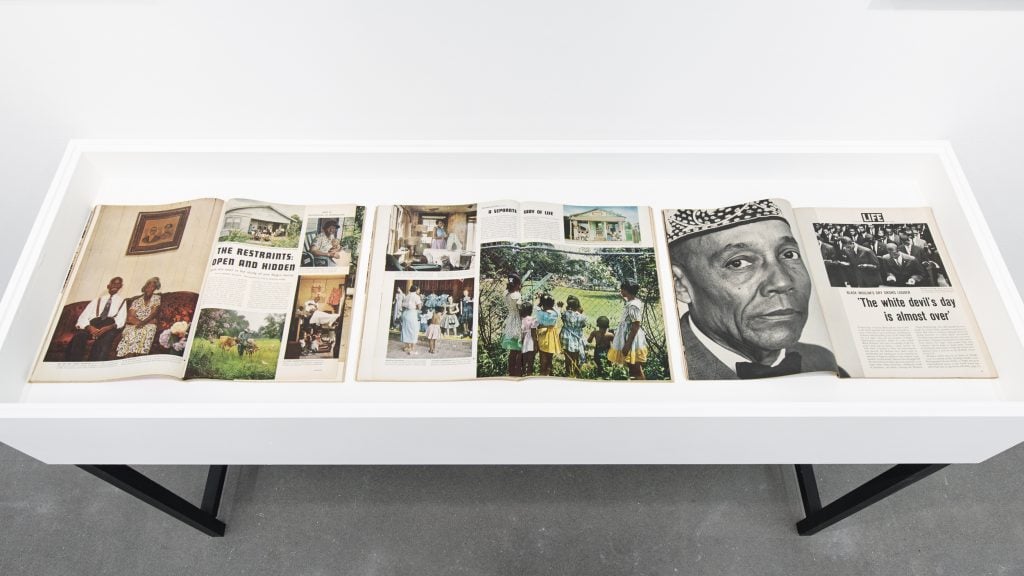
Installation view, “Gordon Parks: Part One” courtesy of Alison Jacques Gallery, London.
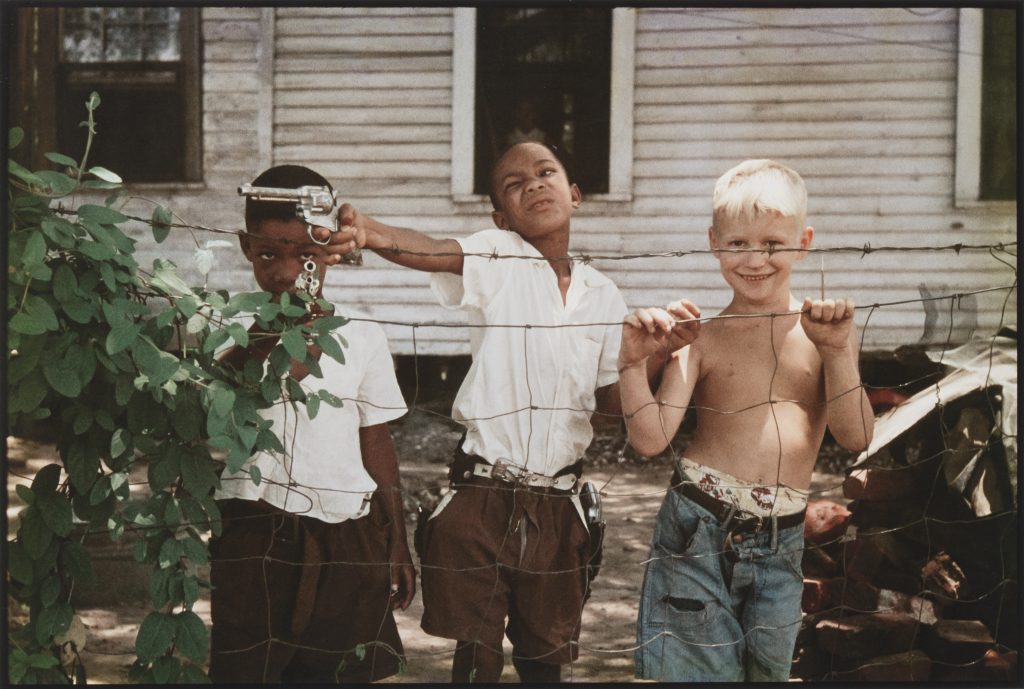
Gordon Parks, Untitled, Alabama (1956). Courtesy of the Gordon Parks Foundation, NY and Alison Jacques Gallery, London. © The Gordon Parks Foundation.
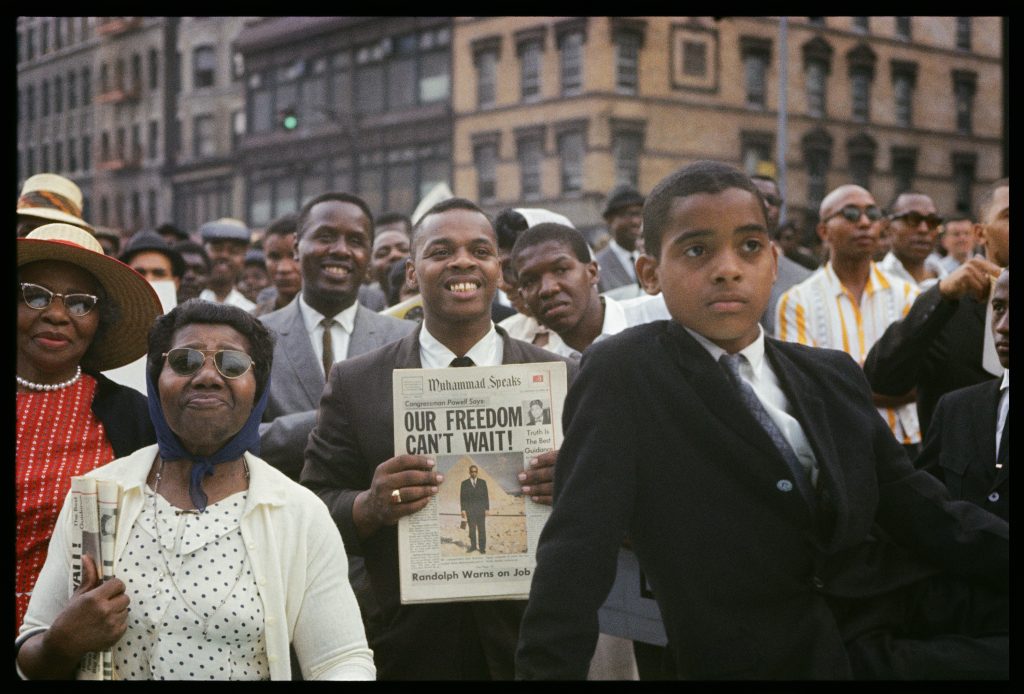
Gordon Parks, Untitled, Harlem (1963). Courtesy of the Gordon Parks Foundation, NY and Alison Jacques Gallery, London. © The Gordon Parks Foundation.

Installation view, “Gordon Parks: Part One” courtesy of Alison Jacques Gallery, London.
